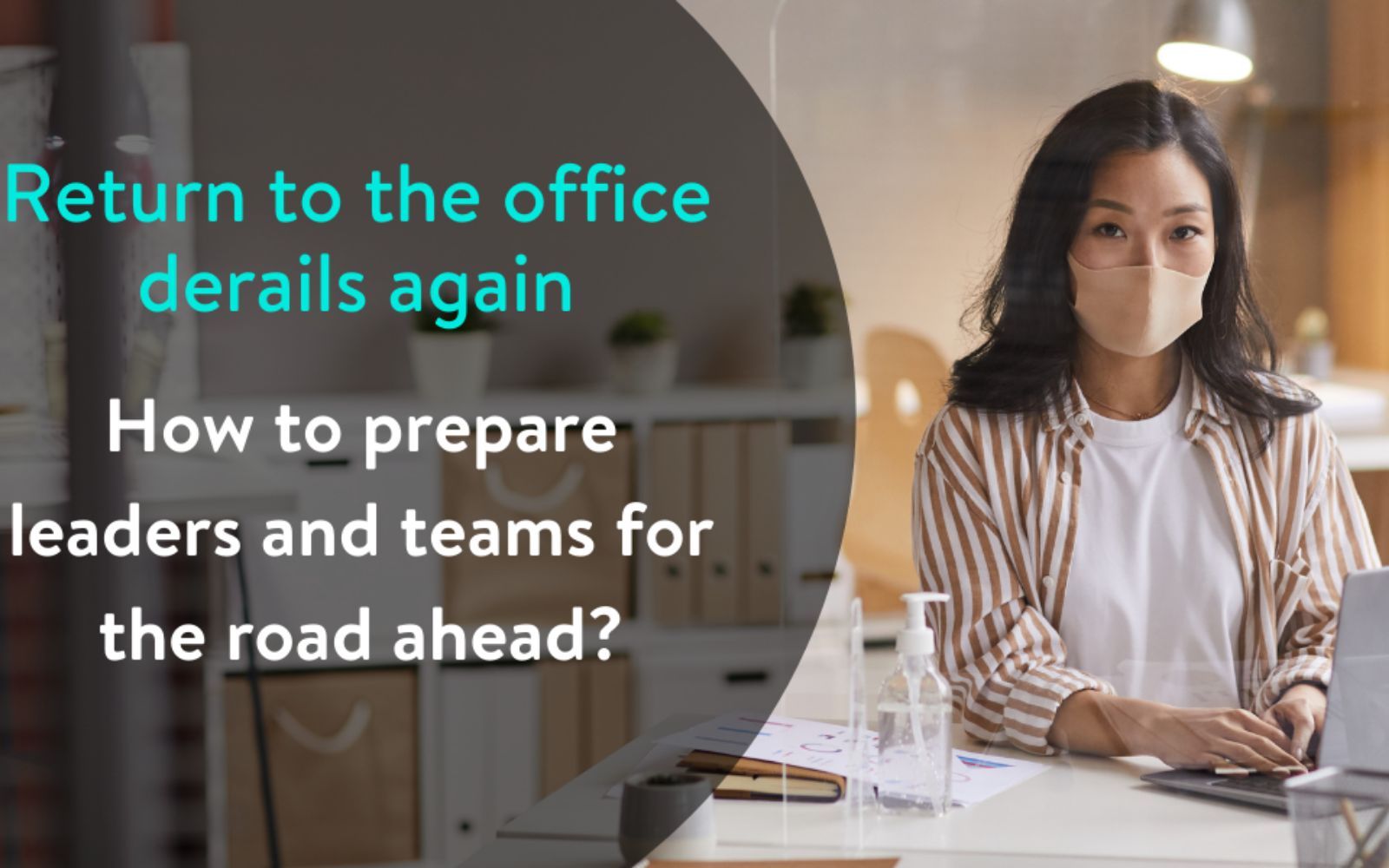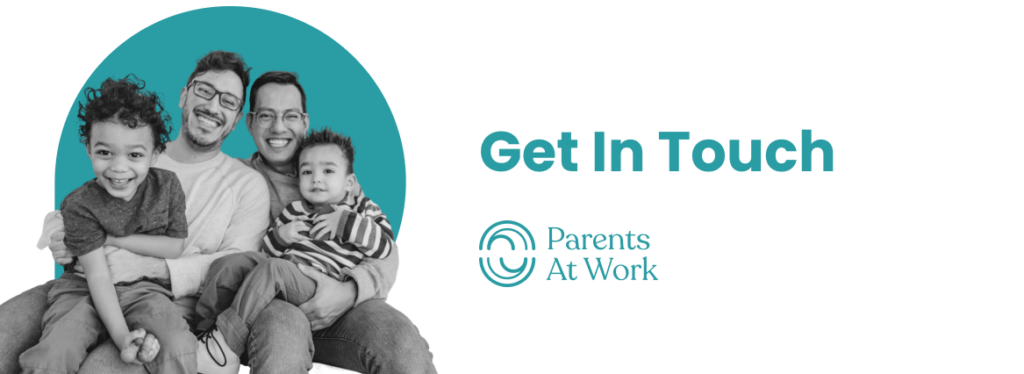
Back to work plans are being ripped up and once again re-written as offices start preparing for the post new year return of employees.
Many organisations were expecting to studiously implement well thought through return arrangements that meant their workforce would be back face to face in the office at least 2-3 days a week from 2022.
Omicron and constantly revised public health measures have turned these plans to dust.
And whilst the Omicron outbreak is expected to dissipate in the coming months as it moves through our community, there is no doubt (even from the most ardent office enthusiasts) that many employees will continue working remotely for the foreseeable future, in at least some capacity.
Many businesses have seen this writing on the wall and have done what they can to embrace flex and hybrid working wherever possible (and, if they were lucky, managed to stockpile Rapid Antigen Tests). However, leading remote teams isn’t always possible or easy, particularly when managing through a health crisis with little certainty over who will be fit and well to work.
Many leaders have had zero training at ‘managing hybrid teams’ and ‘looking after the mental health of their team’ and have been muddling through the past few years and it’s starting to wear thin.
It’s clear that any form of pre-pandemic structured office based working routine isn’t going to happen anytime soon with a major review by the Productivity Commission of Australia finding the percentage of Australians working from home had jumped from 8 percent to around 40 percent, staying high even when lockdowns have ended. (1)
Inner city business owners who have re-opened their doors are testament to this stating business is lacklustre due to a lack of bodies filling the surrounding offices. (2)
“We’re still nowhere near where we were pre-lockdown, the numbers are probably 60 to 70 per cent of where we were,” Tim Manning, ARC café, Canberra.
It looks certain that the hybrid working model is here to stay (3) and organisations need to ensure their employees and leaders are now equipped or the long haul to move to permanent remote, hybrid business workforce models and in many regards, ambiguous ways of working.
This will take time to accept, shift and embed. What will make the critical difference is ensuring people are upskilled to embrace the change.
This means tackling deep cultural barriers, bias and stereotypes that hold back progress in valuing the true benefits flexible ways of working can deliver.
What employers can do
As workplaces recalibrate their 2022 return to work plans, one of the most important considerations will be how to help employees best combine their work and home life routines and balance this with ongoing health concerns.
Addressing the wellbeing and caring responsibilities of employees will continue to be vital factors for employers to engage and retain productive teams. We know women continue to carry the physical and mental caring load in our society, as such, gender inequality will only deepen if we don’t invest in creating more family friendly ways of working for all employees.
Given the curve balls the pandemic continues to unleash, embedding and normalising of flexibility and agile based working practices is key. The ability to upskill, redeploy and mobilise talent within and across teams to cover workforce shortages and gaps at a moments notice will likely be an ongoing problem that persists throughout 2022.
Employees need to be able trust their managers and employer are prepared for what lies ahead and can rise to meet the challenges of agile working with strong leadership skills and understanding.
Ensure your organisation is providing every opportunity for employees and leaders by offering training and support to help them to adjust to the changes in your workplace. This includes offering hybrid work leadership programs to assist manager and leaders guide their teams effectively in 2022 ensuring employees feel supported with strong leadership skills and understanding.
Ready or not, the future of work has arrived; it’s far more fluid and uncertain than anyone could have predicted. Strap in, it’s going to be another bumpy ride as we all experiment with new and challenging ways of working in 2022.
Workplace Resources
For more, see Changing Places Group Future of Leadership Series, Leading Hybrid Teams, OR if you need advice on additional ways to support your employees during this time please contact us at info@familyfriendlyworkplaces.com
Written by Emma Walsh
CEO, Parents At Work and Founder, Family Friendly Workplaces
References
(1) Working from home likely to stay long after the Covid-19 pandemic is over – ABC article
(2) Public servants have been told to return to the office, but what risk do they face as Covid-19 remains in the community – ABC article
(3) Full return to office is ‘dead,’ experts say – and remote is only growing – NBC News article




